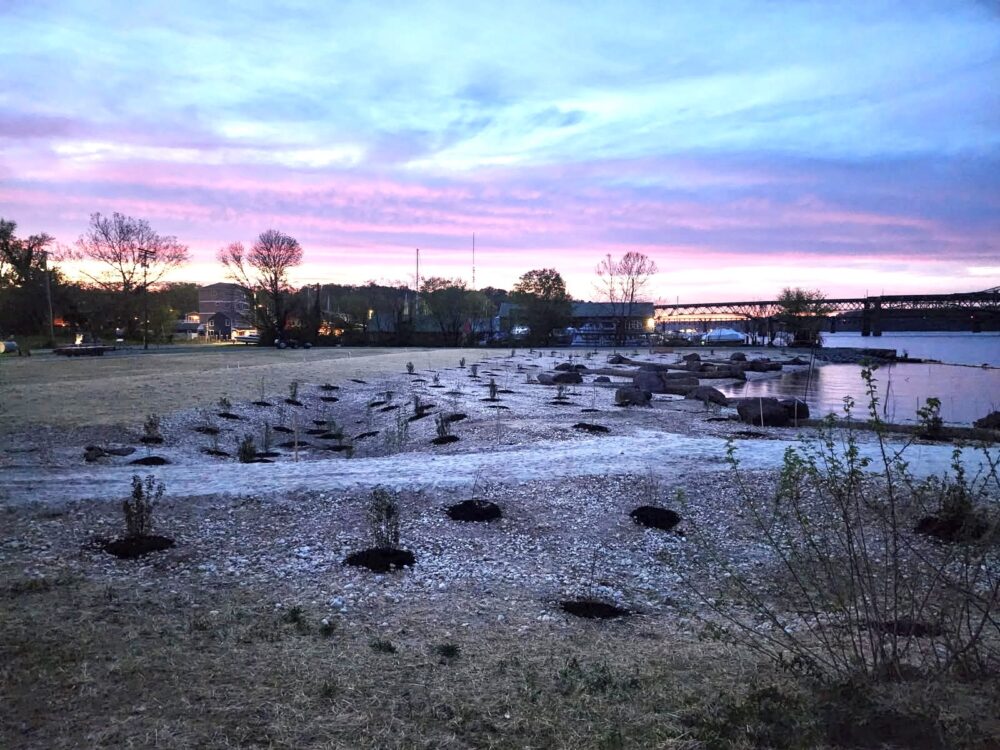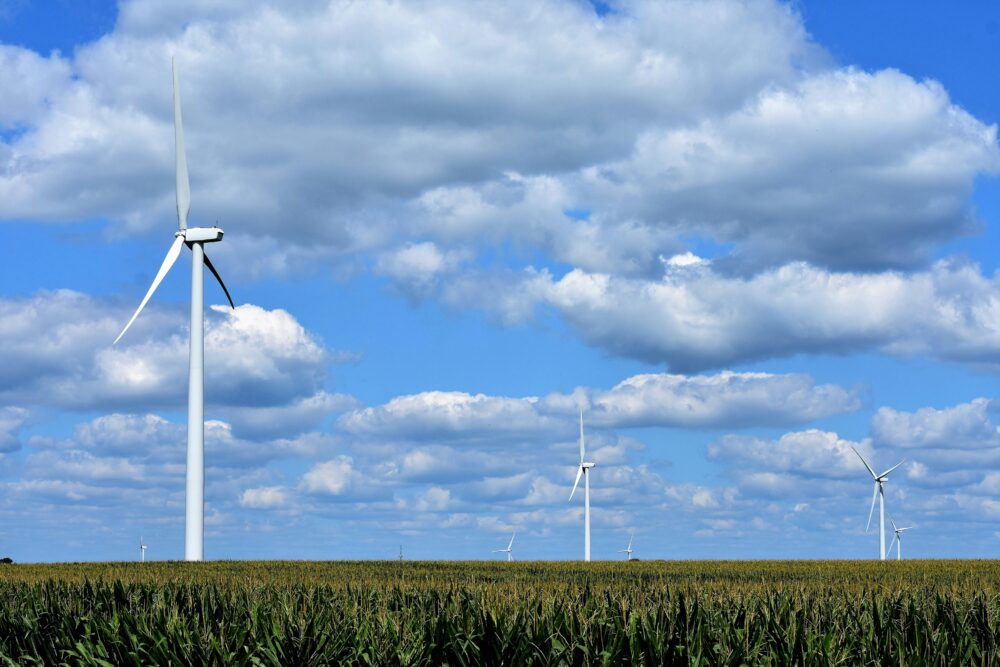We have much more to do and your continued support is needed now more than ever.
Turtle Cove: Carbon Management Community Engagement in Louisiana

The Lake Maurepas monitoring project
Southeastern Louisiana University (SLU) manages the Turtle Cove Environmental Research Station on Lake Maurepas, which lies directly west of Lake Pontchartrain and is known for its miles of brackish water and an abundance of wildlife.
The Research Station provides research opportunities for university students and educational events for community members. Located on Pass Manchac on the eastern side of the lake, SLU recently began the Lake Maurepas Monitoring Project (LMMP) to implement third-party monitoring of the lake’s conditions as a potential carbon sequestration project is developed.
This project, part of a larger endeavor called the Louisiana Clean Energy Complex, is unpopular with locals who remain skeptical of hydrogen and carbon management technologies and wary of the impacts they could have on the environment and commercial and recreational opportunities in the lake.
It is important to note that while the LMMP is funded by Air Products, the project developer, it remains an independent, third-party research group. NWF visited Turtle Cove in March 2024 to learn more about the environmental monitoring conducted by the LMMP and why it is important (read the blog post here).
Communication with the public is an integral part of this project since many Louisianians are skeptical of carbon management technology, especially on the ecologically valuable Lake Maurepas.
Community engagement and education
On June 21st, SLU hosted an open house event at Middendorf’s restaurant in Manchac to engage with and educate community members on the LMMP. The event, supported by funding from the National Wildlife Federation, originally included a boat tour of the monitoring project, however, coastal flooding from Tropical Storm Alberto caused this section of the open house to be canceled.

Attendees mingled and dined on jambalaya and fried catfish before Dr. Rob Moreau, manager at Turtle Cove, opened the event by welcoming visitors and recognizing community and industry leaders present.
Dr. Kyle Piller, the LMMP Director and professor of biological sciences at Southeastern, gave a thorough presentation on the project, beginning by emphasizing the importance of pre-project monitoring. Dr. Piller stressed that more data is always better and any data collection before the sequestration project begins will be beneficial, especially to establish a baseline for the lake’s ecology.
The presentation outlined the variety of monitoring conducted by the research team: aquatic biodiversity, wetland, physiological ecology, and chemical monitoring.
Each type of monitoring provides different types of helpful information. The wetland team assesses marsh quality and cypress and tupelo populations while the chemical team monitors arsenic and lead levels, learning how storms and potential dredging projects affect chemical changes in the lake.
Dr. Piller revealed that new discoveries have already been made, such as seasonal blue crab hotspots and the presence of a new fish species, the Gulf sturgeon, which had previously never been spotted in the lake.
Community concerns & resources
The presentation concluded with a showcase of the outreach and engagement conducted by Turtle Cove and the LMMP. For those who can come to Turtle Cove in person, boat tours are available to showcase the monitoring buoys deployed in the lake and the research station.
For those interested but unable to visit, SLU has developed a documentary to teach people about the work at Turtle Cove and the group is currently working on a short form documentary to pique interest in the project.
Dr. Piller discussed their dedication to public transparency and that all research, including collected data, finished papers and real-time monitoring buoy information, is open to the public online.


After the presentation, attendees were welcomed to ask questions, and many brought forward important concerns. Senator Bill Wheat (R-District 37) asked if the research team needed more time to get a true baseline recording of the lake’s norms and another attendee asked if an app could be developed to make the buoy data more accessible.
Another community member asked if there was a “worst case scenario” plan for the lake if the sequestration project causes negative impacts or if researchers have ideas on what data may be “red flags” for the state of the lake. Although not all the questions could be answered at the event, these are valid concerns that should be addressed.
NWF has curated resources on carbon management in Louisiana, including a Carbon Management: Community Takeaways Toolkit and Louisiana Carbon Management Q&A for community members to utilize.
Unmatched ecological and recreational value
Lake Maurepas is surrounded by protected areas, with the Joyce Wildlife Management Area (WMA) to the north, Manchac WMA to the east (nestled between Lake Maurepas and Lake Pontchartrain) and Maurepas Swamp WMA to the south, which will be restored by the River Reintroduction to Maurepas Swamp project.
Tickfaw State Park sits seven miles from the shore on the tributary Tickfaw River, and the Blind River enters Lake Maurepas from the West, sustaining one of the nation’s largest cypress and tupelo swamp habitats. These protected areas within and around Lake Maurepas showcase Louisiana’s marshes and estuarine ecosystems, providing recreational opportunities such as birding, fishing and boating.
Not only do these areas provide recreation outlets, but they also provide extensive ecological value as they provide habitat for a diverse range of species, flood control during extreme weather events, enhance water quality and buffer the coast from storm surges and erosion.
Community is key in carbon management
While Southeastern’s outreach efforts and the Lake Maurepas Monitoring Project do not eliminate all community concerns surrounding the carbon management project in Lake Maurepas, they are important steps in transparency and public outreach. This “Lunch and Learn” event succeeded in engaging community members and is an example of what private-public partnerships can look like as carbon management projects like these are developed in communities across the country.





















